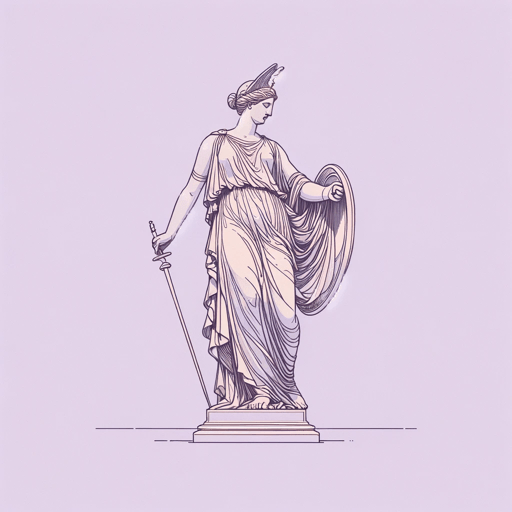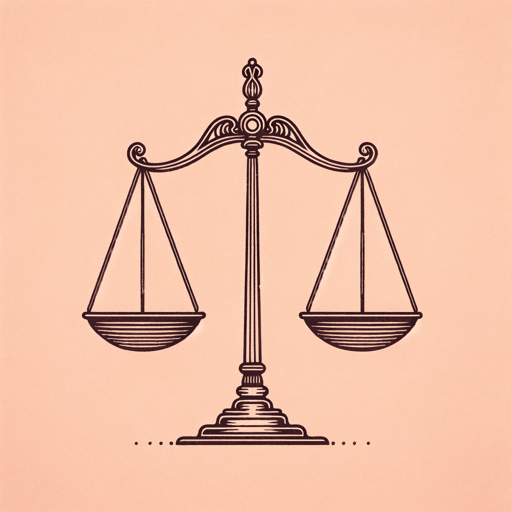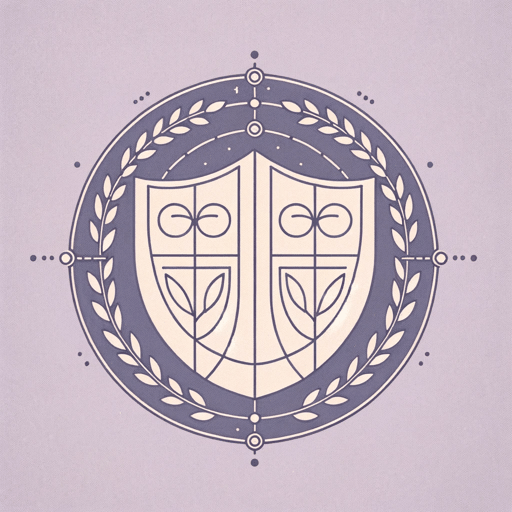36 pages • 1 hour read
AeschylusEumenides
Fiction | Play | Adult | Published in 458A modern alternative to SparkNotes and CliffsNotes, SuperSummary offers high-quality Study Guides with detailed chapter summaries and analysis of major themes, characters, and more.
Summary and Study Guide
Overview
Eumenides is an Attic tragedy by the playwright Aeschylus (circa 525/4-circa 456/5 BCE). Eumenides was the final part of the Oresteia, a tragic trilogy first produced for the City Dionysia in 458 BCE. The Oresteia describes the murder of Agamemnon by his wife Clytemnestra and the aftermath of this act; in Eumenides, Orestes—the son of Agamemnon and Clytemnestra—must undergo a trial to be purified of the blood of his mother, whom he murdered to avenge his father. The play, which explores the themes of the Legal Basis of Justice, the Old Versus New Gods, and Patriarchy Versus Matriarchy, remains one of Aeschylus’s most read and studied plays.
This study guide refers to Richmond Lattimore’s translation of the play from the third edition of the University of Chicago Press series The Complete Greek Tragedies (2013).
Plot Summary
The first part of the play is set in front of the temple of Apollo at Delphi. In the Prologue, the Pythia, or high priestess, gives a detailed account of the history of the site before she opens the temple and finds Orestes inside, surrounded by the sleeping Furies (the divine embodiments of vengeance who make up the play’s Chorus). The Pythia crawls outside and departs in horror, after which the god Apollo enters, accompanied by a silent Hermes. Apollo describes his unsuccessful efforts to purify Orestes of the pollution the young man incurred by murdering his mother Clytemnestra. Promising not to give up on Orestes, Apollo tells Orestes to go to Athens, where he is to seek the protection and assistance of the goddess Athena.
Apollo, Hermes, and Orestes exit. The Ghost of Clytemnestra then appears to rouse the Furies, telling them that Orestes is getting away as they sleep. The Furies awake and sing the first parodos as the Chorus. They condemn Orestes and the Olympian gods who are supporting him, especially Apollo. Hearing them, Apollo enters to defend Orestes’s cause as just. The Furies, after briefly debating the nature of justice with Apollo, leave to pursue Orestes to Athens.
Orestes arrives in Athens. He grips the statue of Athena as a suppliant and asks the goddess for her support. The Furies arrive and assault Orestes. They sing the first stasimon, dancing around Orestes and symbolically binding him so that he is physically and mentally powerless.
Athena enters and questions the Furies and then Orestes. After listening to both sides, she appoints a jury of Athenian citizens to judge the case. In the second stasimon, the Furies sing of the importance of preserving order and of their ancient rights to punish wrongdoers.
The fourth episode covers the trial of Orestes. Athena, having established the murder court of the Areopagus in Athens, initiates the proceedings. Apollo acts as Orestes’s defense lawyer in opposition to the Furies’ prosecution. Apollo argues that a child is biologically generated from only the male seed, and that the female womb is necessary only for housing the seed. Consequently, Orestes’s murder of his mother Clytemnestra should not be regarded as kindred bloodshed. Athena, convinced by Apollo’s argument, votes for Orestes, and this vote gives Orestes the majority jury votes he needs to be acquitted.
The Furies fly into a rage and threaten to unleash their fury on Athens. Athena, however, manages to soothe the goddesses by granting them new cult honors at Athens. The Furies accept Athena’s offer and don crimson robes to symbolize their transformation. A Second Chorus of Athenian women arrives to escort the Furies (now transformed into the Eumenides, or “Kindly Ones”) to their new home by the Athenian Acropolis, singing a brief song that closes the play.
Related Titles
By Aeschylus
Featured Collections
9th-12th Grade Historical Fiction
View Collection
Ancient Greece
View Collection
Books on Justice & Injustice
View Collection
Dramatic Plays
View Collection
Guilt
View Collection
Philosophy, Logic, & Ethics
View Collection
Political Science Texts
View Collection
Revenge
View Collection
Sexual Harassment & Violence
View Collection







